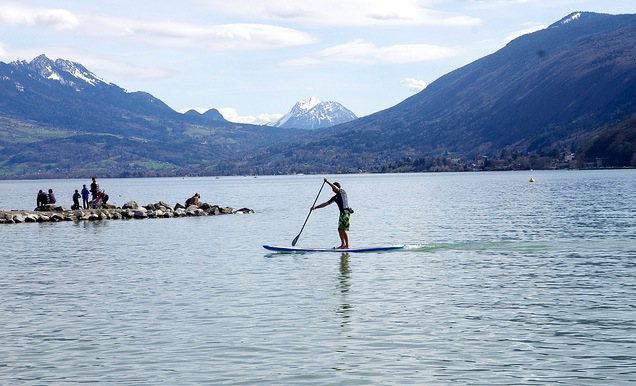
This is a guest post by Sean Matheson. Sean is a freelance writer but spends the majority of his weekends exploring different waterways on his SUP.
The sport of stand up paddle boarding is growing more and more popular these days. It is becoming the easy, and fun way to go and play while on the water.
With nothing but minimum equipment, you can go and paddle anywhere from on a lake, a river, or the ocean.
The wonderful advantage is that you do not need waves to stand up paddleboard. And because you are standing up, you get to see the entire view of what is around you, as well as everything on the horizon.
The Workout
If you are looking for a full body exercise routine, paddle boarding may be your answer. It offers an incredible workout, and is becoming more popular as a cross-training activity used by snowboarders, skiers, and other athletes.
The Board
A great part about stand up paddle boarding is that you really do not need a whole lot for gear. Your biggest investment will be the board itself.
Each board is sized differently, and is based on the weight and experience of the paddler. Beginners usually start with a flatter, wider board that offers more stability. The more experienced paddler usually goes for the narrower, lighter board.
The Paddle
Next would be your paddles. Paddles for stand up paddling are made a little different with an angle in the shaft to achieve maximum efficiency.
Your paddle should be approximately 6îto 8 inches above your height, although some recommend that they should be 8 to 10î inches depending on the manufacturer.
What To Wear
You should always wear a dry or wet suit in conditions where hypothermia could occur.
You can wear a bathing suit, or t-shirt and shorts if you are in milder conditions, as long as it is clothing that will move well when you are wet.
Do not forget your sunglasses and sunscreen as well. Also remember that the Coast Guard classifies paddleboards as vessels, so you are required to wear a flotation device when you are paddling on navigable waters.
Heading Out
Choose ideal conditions to start out on when first learning the sport. Calm, flat water that is without buoys and boats is a good idea.
Your board is usually designed to have a built-in carrying handle to make carrying it a breeze. Tuck your board under an arm, and use your other hand to carry the paddle.
When you are first learning, it is far easier to start by kneeling on the board than trying to stand upright on it.
Start by standing next to your board, take your paddle and place it across the board using it like an outrigger.
On the edge of the board is your paddle grip, and your blade lies on the water. Hold on to the edge (the rails) of your board, one of your hands will be holding onto the paddle grip. Pop yourself into a kneeling position on the board slightly behind the board’s center point.
Once you are in your kneeling position, you will begin to feel out where the balance point of the board is.
The nose of the board should not pop out above the water, and the tail of the board should not dig into the water. Use your hands on either side to help stabilize the board.
Once you feel ready, start to stand up with one foot at a time. Try to put your feet on the board where your knees had been. You could have someone wade out with you to help hold the board until you get a feel for it if necessary.
Keeping Your Balance
To help keep your balance while you are standing up on the paddleboard the first thing to try to do is to keep your feet as parallel as possible.
Keep you feet approximately hip-width apart, and centered as much as possible between the rails.
Do not stand on the board’s edges. Try to keep your toes pointing forward and keep your back straight, and your knees slightly bent.
Use your hips to balance with; do not try to balance by moving your head. Keep your shoulders and head upright and steady, and move your hips to shift your weight.
Try to look level with the horizon, and resist the temptation to look down at your feet. Once you get your forward momentum going, your stability will increase also.
After you practice for a while balancing in flat water, the time comes to take on the challenge of a new environment. This is where you start to have the real fun. Try to avoid the common mistakes that most people make in the beginning.
Extra Tips
- Do not hunch over with lousy posture, keep your shoulders level and your back as straight as possible.
- Keep the elbow of the paddle pointing away from you, and not facing in the wrong direction.
- Keep your top hand on the very top of the grip on the paddle, not both hands down on the shaft of the paddle.
- Always keep your knees bent and not straight. It is far easier to keep your balance and stay balanced with bent knees.
This may take a little while to be able to do consistently, but when you build up your leg muscles, your core and your fitness level, you will have an absolute blast doing stand up paddle boarding.
Check out the ISUPworld.com blog for more paddling tips and advice.
 Types of Stand-Up Paddling
Types of Stand-Up Paddling 3 Factors In The Rise Of Stand-Up Paddling
3 Factors In The Rise Of Stand-Up Paddling 5 Steps To SUP With Your Pup
5 Steps To SUP With Your Pup Seth The Pup Who Loves To SUP
Seth The Pup Who Loves To SUP




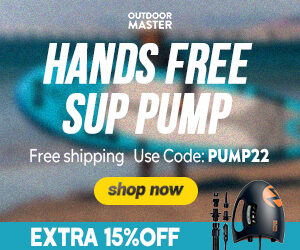
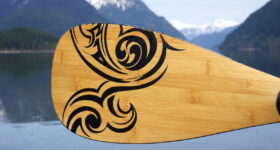
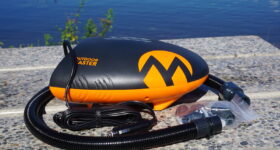
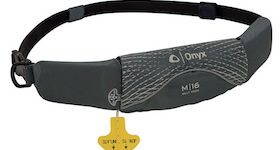
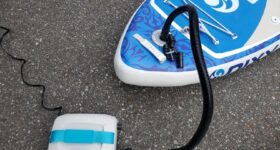
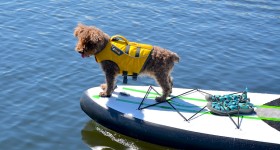

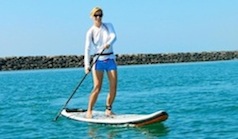
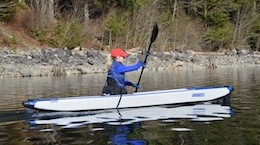
Speak Your Mind